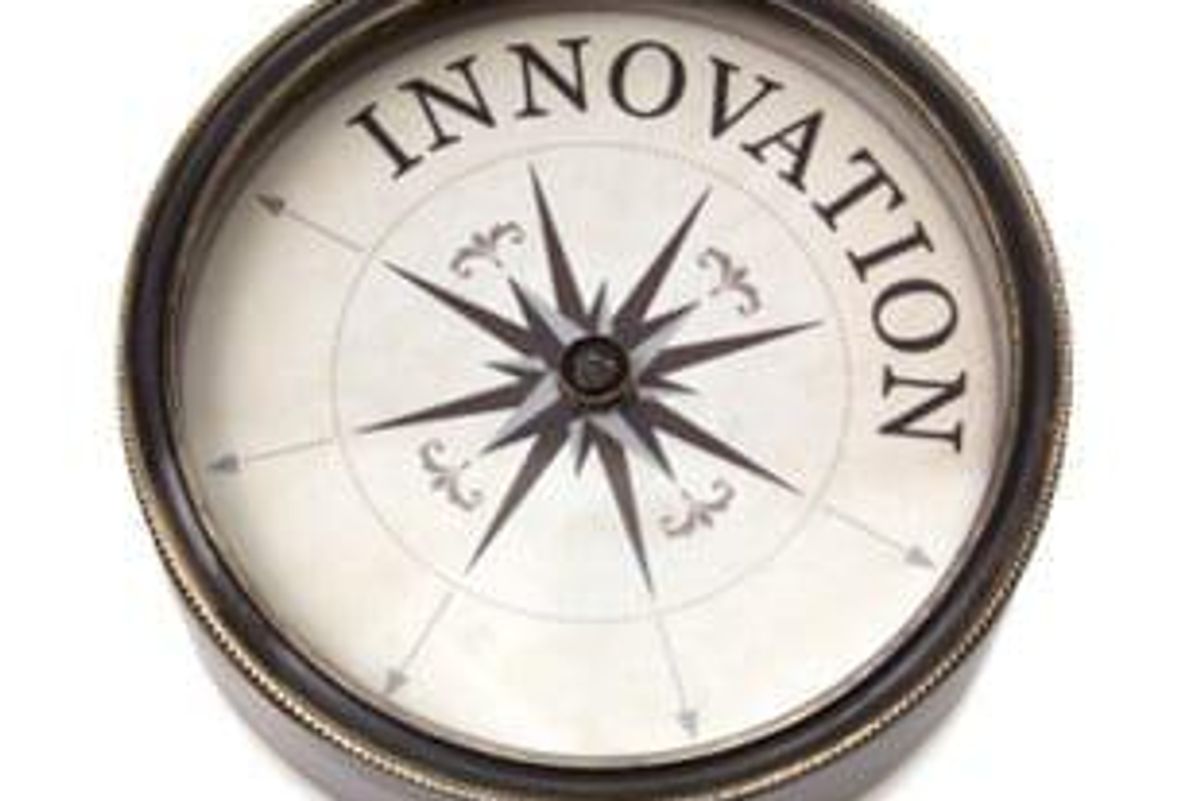Understanding the 3D Printing Market for Dental Devices

The advent of 3D printing has directly impacted the dental industry. Here’s a look at the 3D printing market for dental devices.
The healthcare industry and the 3D printing market are tightly intertwined. This close relationship is visible in the dental field, where additive manufacturing is helping dentist and orthodontists become more precise and efficient. From crowns to bridges to retainers, 3D printing is revolutionizing how we think about dental care. Here, we sink our teeth into 3D printing market for dental devices.
Benefits of 3D printing dental devices
3D printing helps dental professionals by bringing the benefits of digital design to the production stage. Javelin Technologies explains that by combining oral scanning, CAD/CAM design and 3D printing, dental labs can produce bridges, models and orthodontic appliances quickly, accurately, and easily. One of the biggest markets for 3D printed dental devices is in the area of orthodontics. 3D printers enable orthodontic professionals to create all manner of personalized equipment right from their desktops. The technology presented by additive manufacturing allows specialists to dramatically reduce fabrication times and increase technicians’ output times. 3D printing also has the added benefit of increasing customer satisfaction, as the inconvenience and discomfort of making physical impressions are largely eliminated. Of course, these advantages aren’t only applicable to the orthodontic sector. Dentistry as a whole is benefiting from the specificity and speed of 3D printing.
Key players and applications
The broad applicability and advantages of 3D printing is one of the reasons that it has become so popular in the dental industry. Initially, the cost of 3D printers was a deterrent to adoption. Today, however, clinics and labs investing in 3D printing technology see a fast return on investment. This is because object printers are being specifically designed to meet the specialized needs of the dental industry.
The major players in the 3D printing market for dental devices are those that you’ll see elsewhere in the 3D printing market as a whole. For instance, Stratasys (NASDAQ:SSYS) produces the Object20 OrthoDesk, a compact, affordable and easy to use 3D printer designed specifically for the dental industry. This printer allows dental labs and practices to create surgical guides, veneer models, orthodontic appliances, delivery and positioning trays and models all in-house. All in all, it helps to accelerate production times, increase capacity, store models digitally and eliminate manual modeling, all while offering a clean, safe and efficient process with cutting-edge technology.
One of the more interesting technical aspects of this produce are the multitude of materials that it’s capable of printing with. From VeroDentPlus (MED690), a dark beige material that offers strength, accuracy and durability, to the Clear Bio-compatible (MED610), a transparent material which is medically approved for temporary in-mouth placement, the variety offered helps to increase the product’s broad appeal within the dentistry sector.
Additive manufacturing technology is also helpful on the research and development side of the dental industry. For instance, the University of Louisville School of Dentistry uses ExOne’s (NASDAQ:XONE) X1-Lab printer in multiple projects. For instance, they are evaluating the printing of dental ceramic prostheses with proper geometrical and mechanical properties. As this illustrates, 3D printing is an important aspect of all aspects of the dental industry, from initial R&D to lab production.
Future outlook: Where the 3D printer market is headed
A graph published by Sophic Capital places the 3D printer market for dental devices at the end of the “trough of disillusionment” phase of market development. What this means is that this market has already done through the sharp peak and steep decline often associated with new technologies. Now, it’s levelling off and reaching its true market value. For investors, this means that investing in 3D printing for dental devices is a much safer and more conservative investment than newer technologies (think macro 3D printing) that have yet to go through the new technology hype curve.
In the next two to five years, 3D printing of dental devices will have reached the “plateau of productivity” phase, where it will remain indefinitely. In practical terms, this means that there will probably be growth in this subsector for the foreseeable future. However, it will be gentler and more stable than what we’ve seen of the 3D printer market in previous years.
Don’t forget to follow us @INN_Technology for real-time news updates.
Securities Disclosure: I, Morag McGreevey, hold no direct investment interest in any company mentioned in this article.